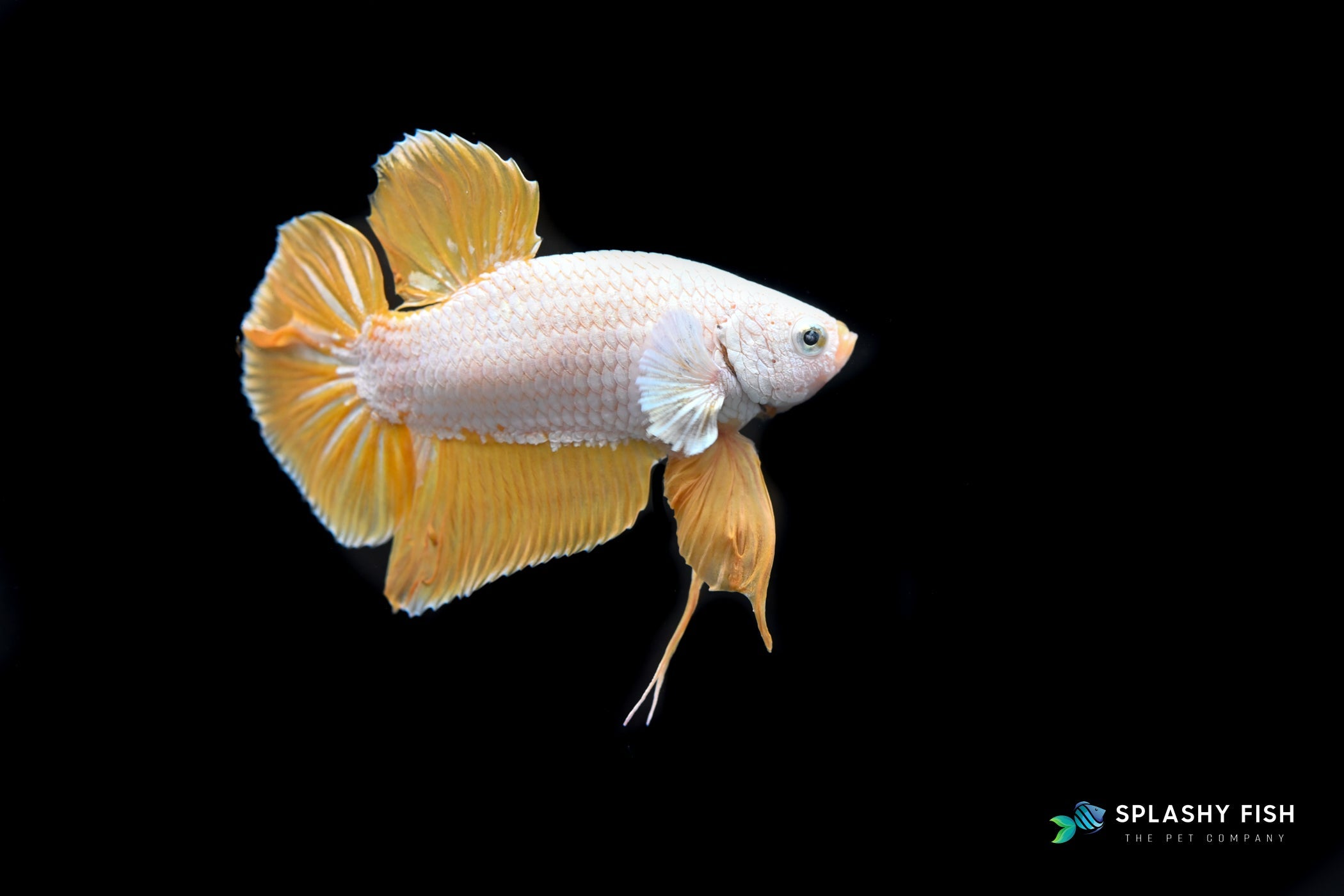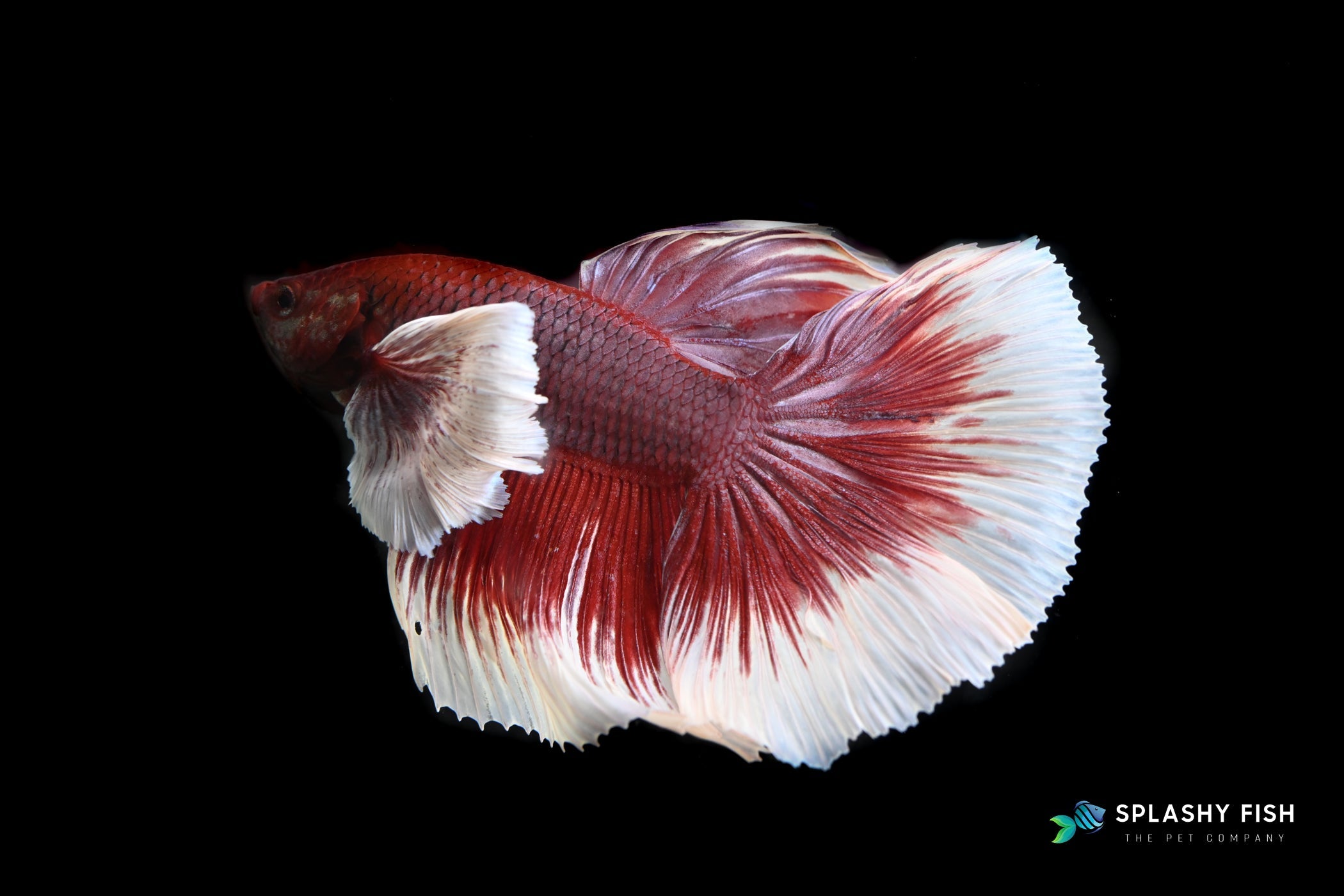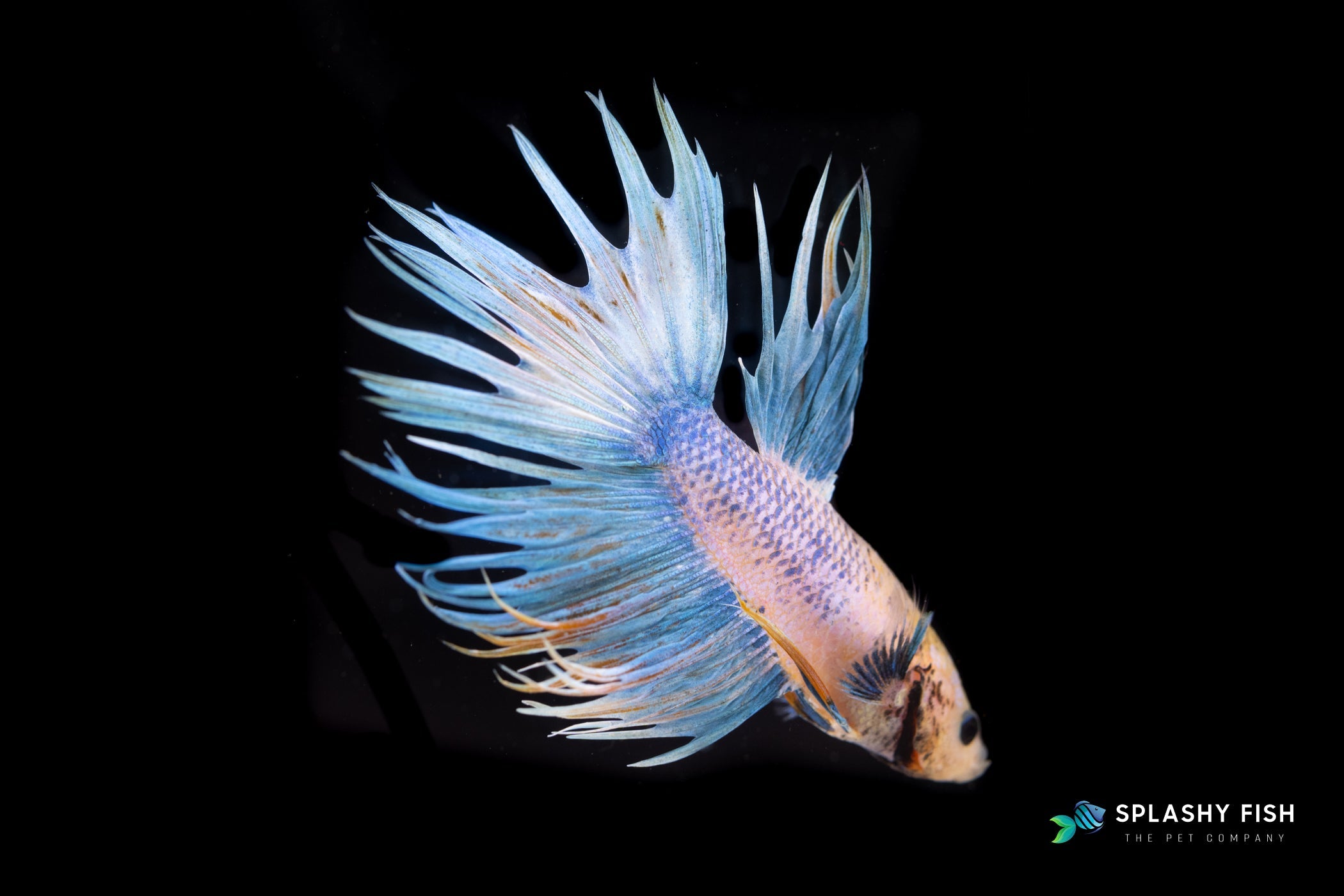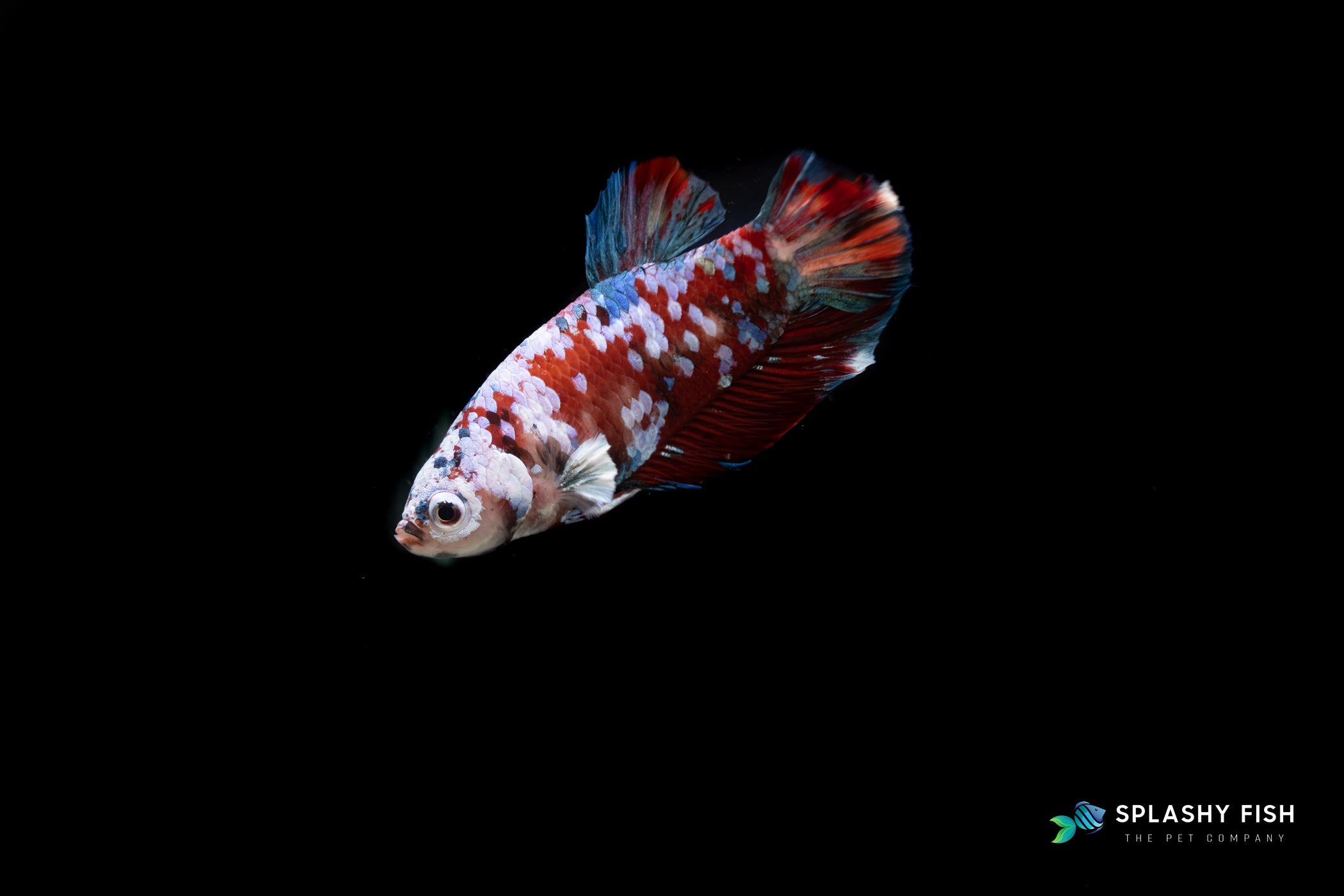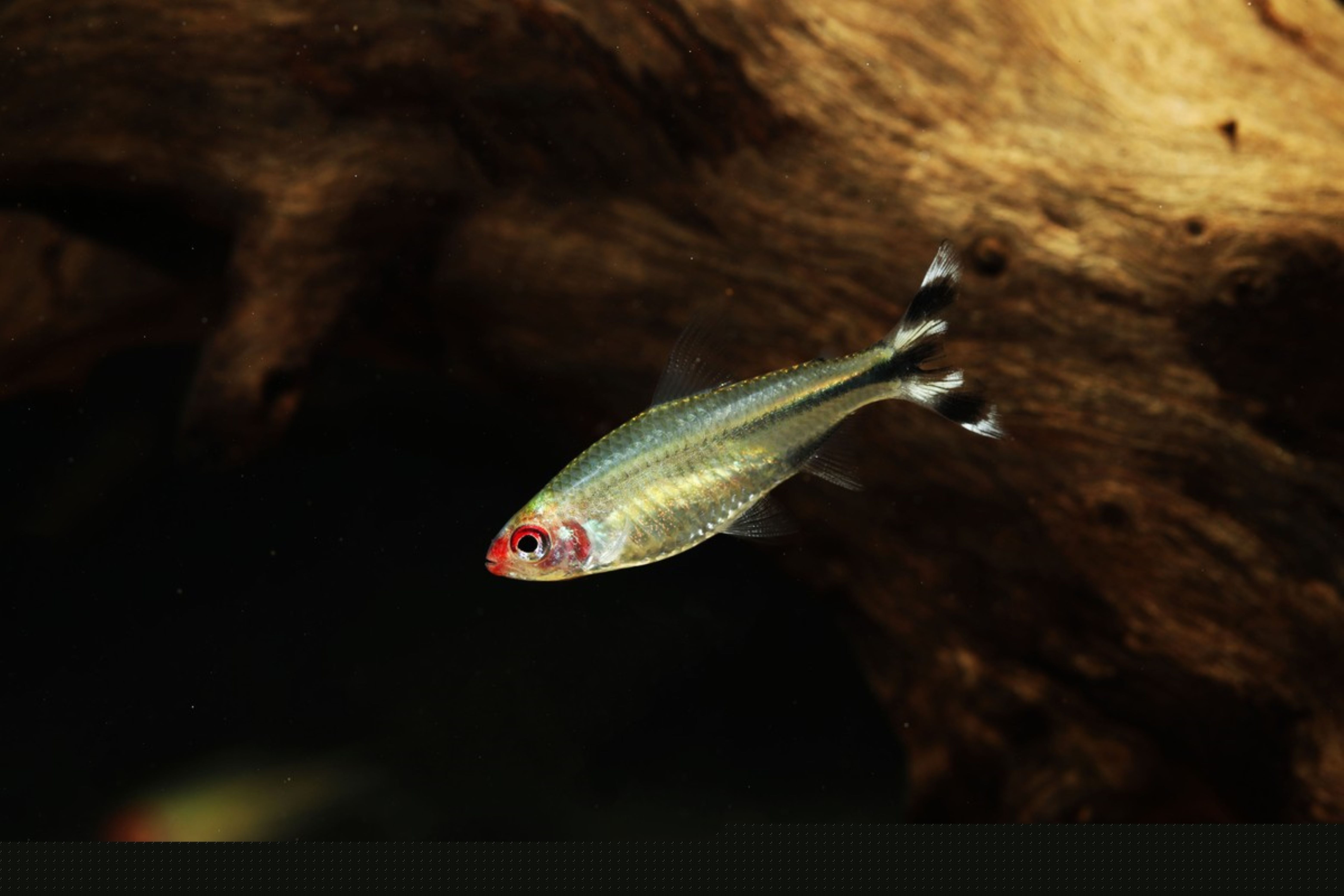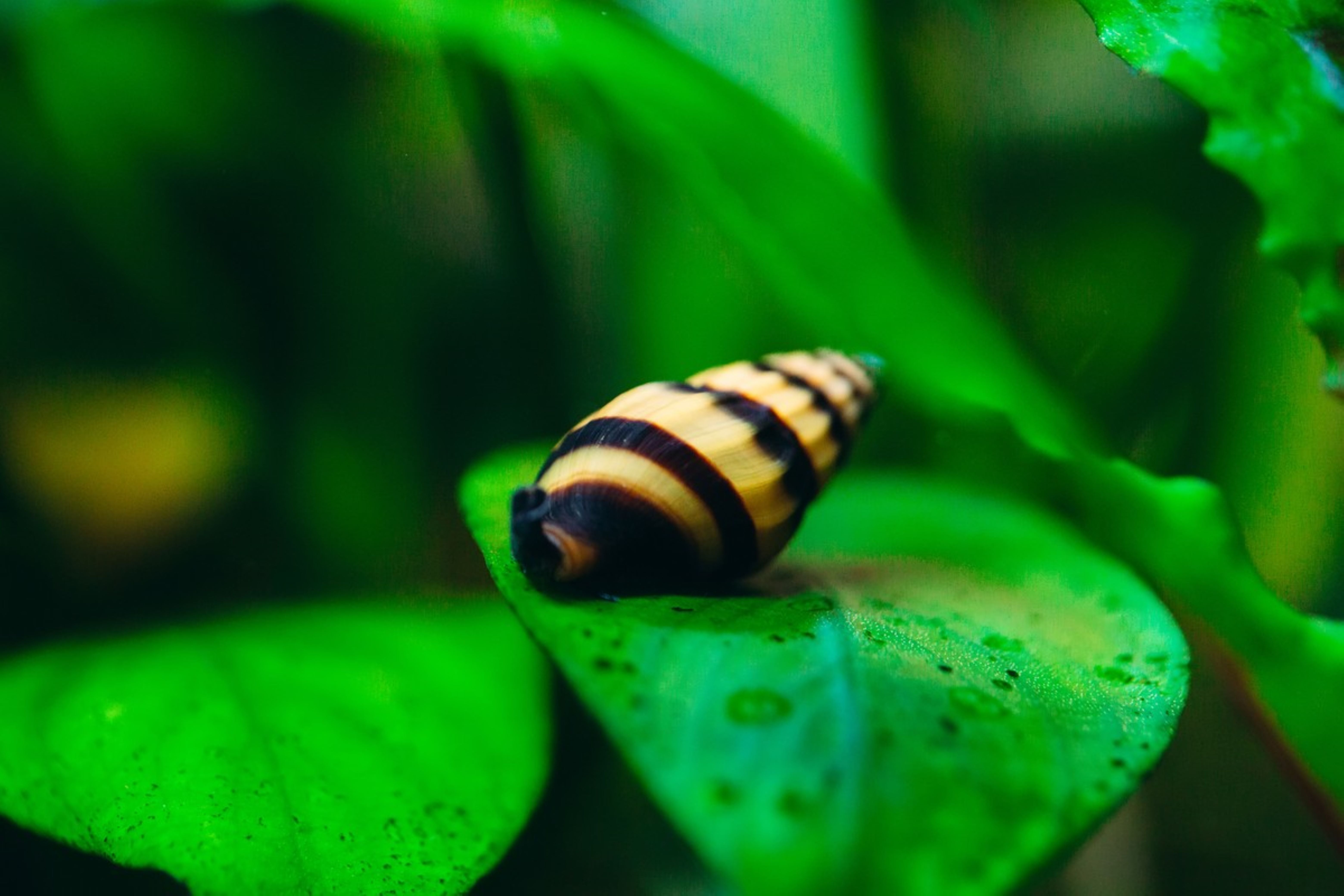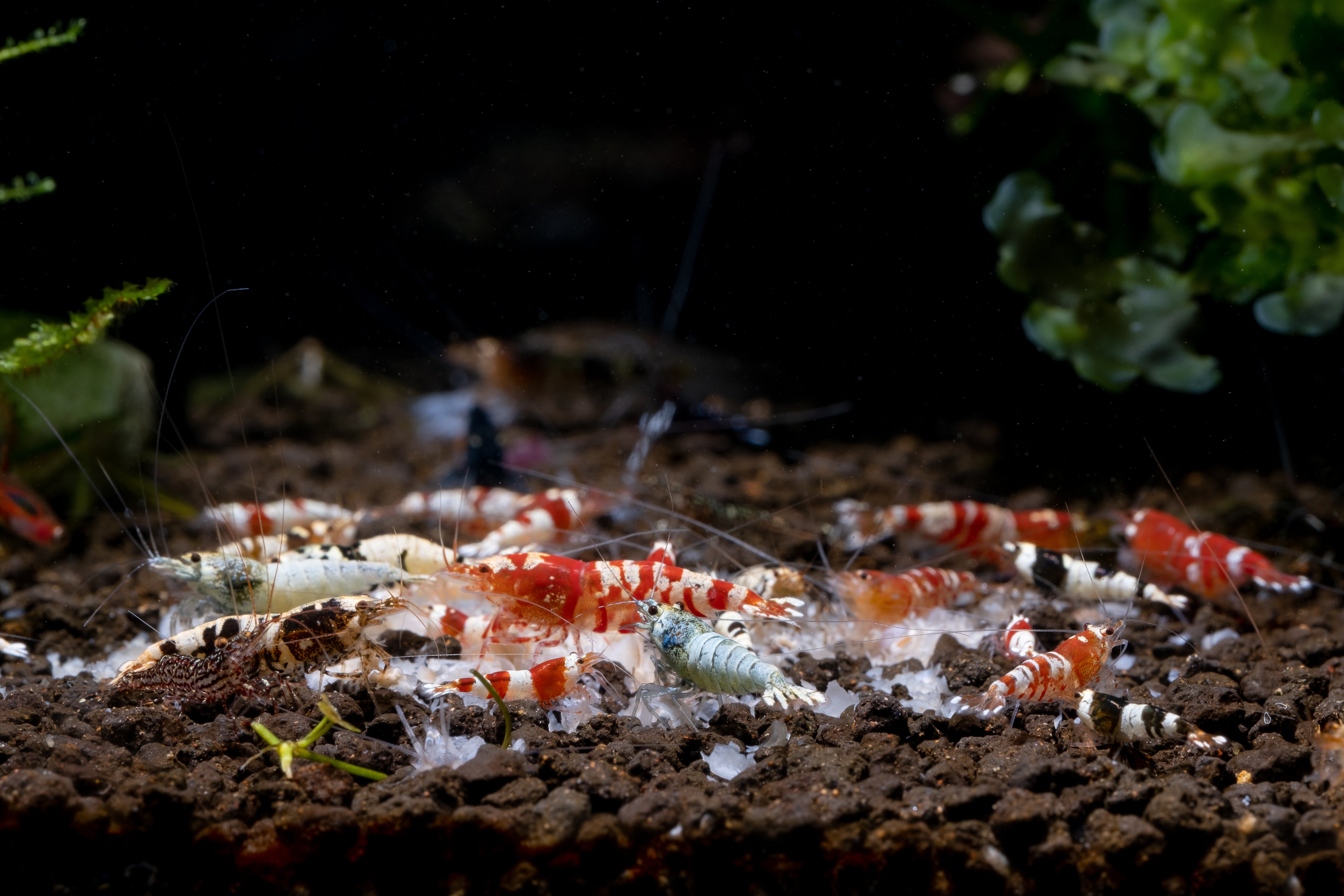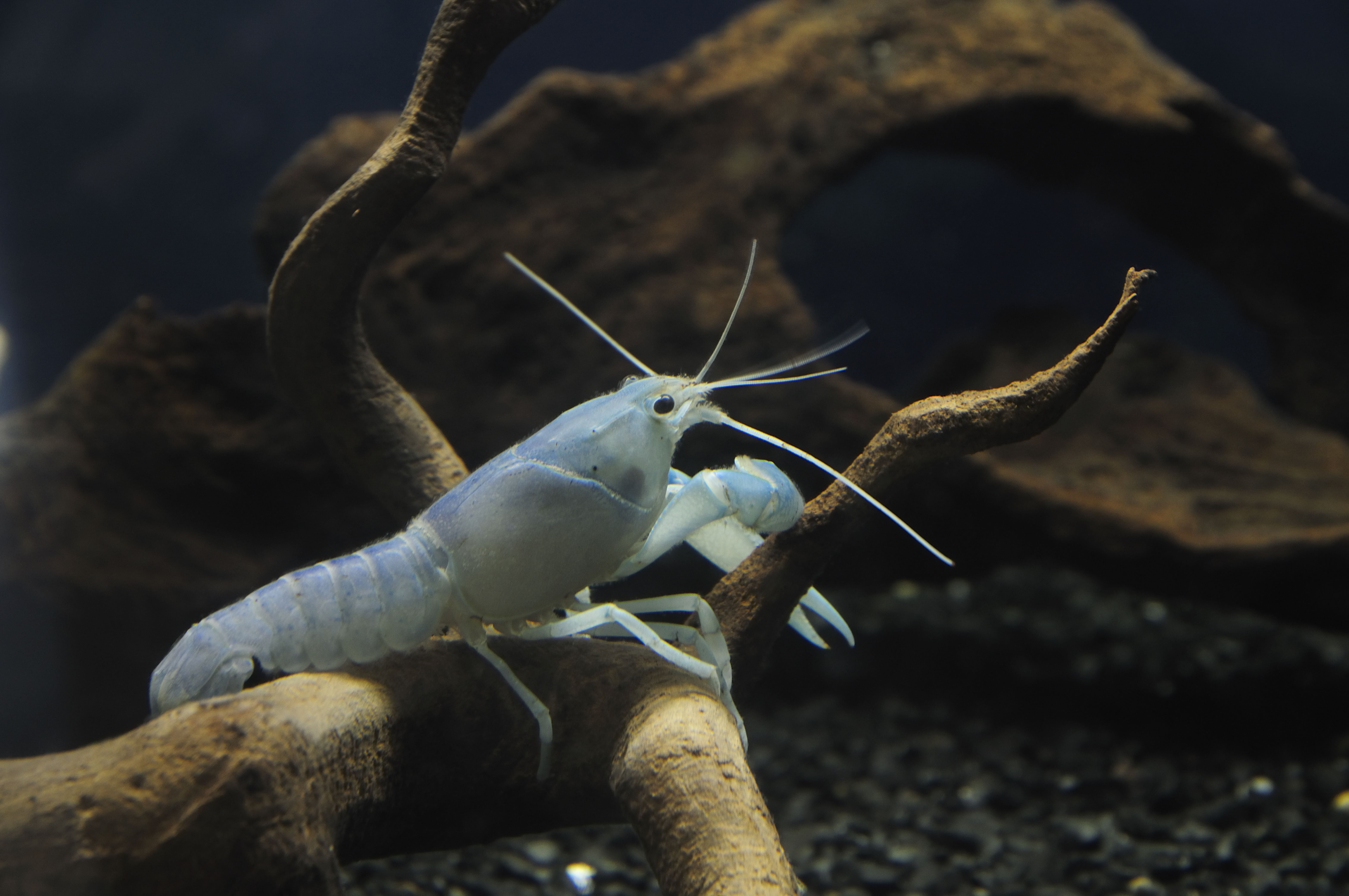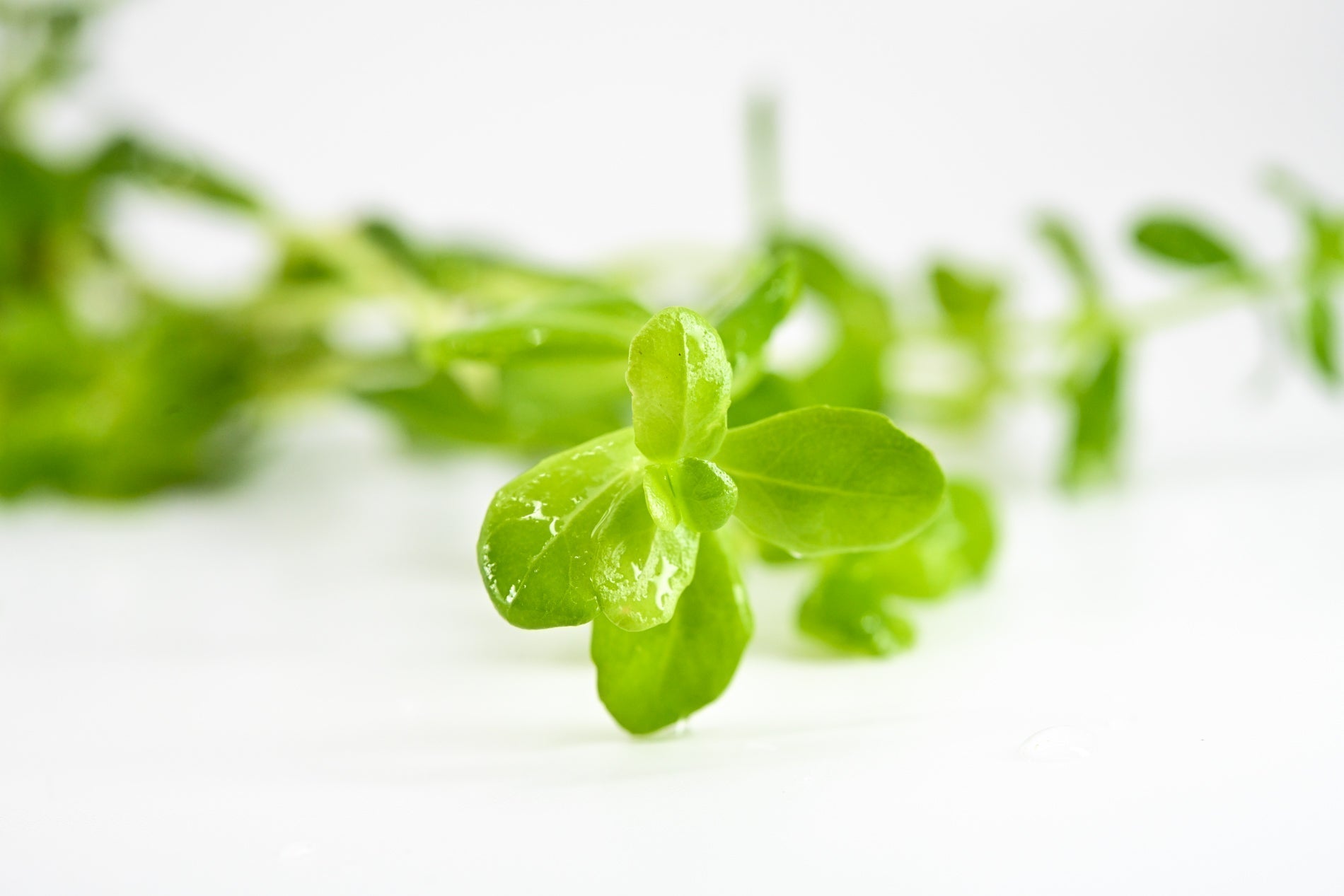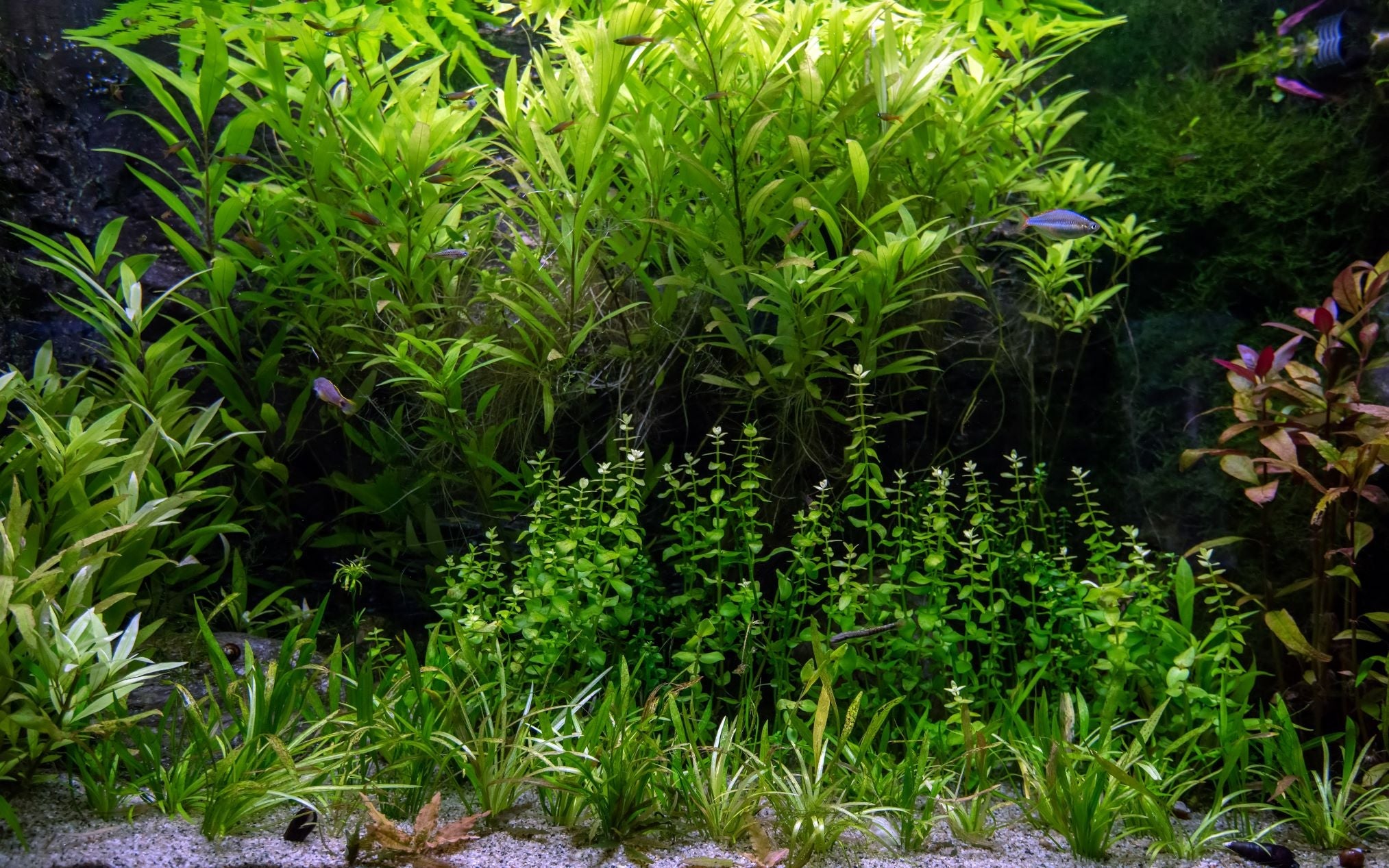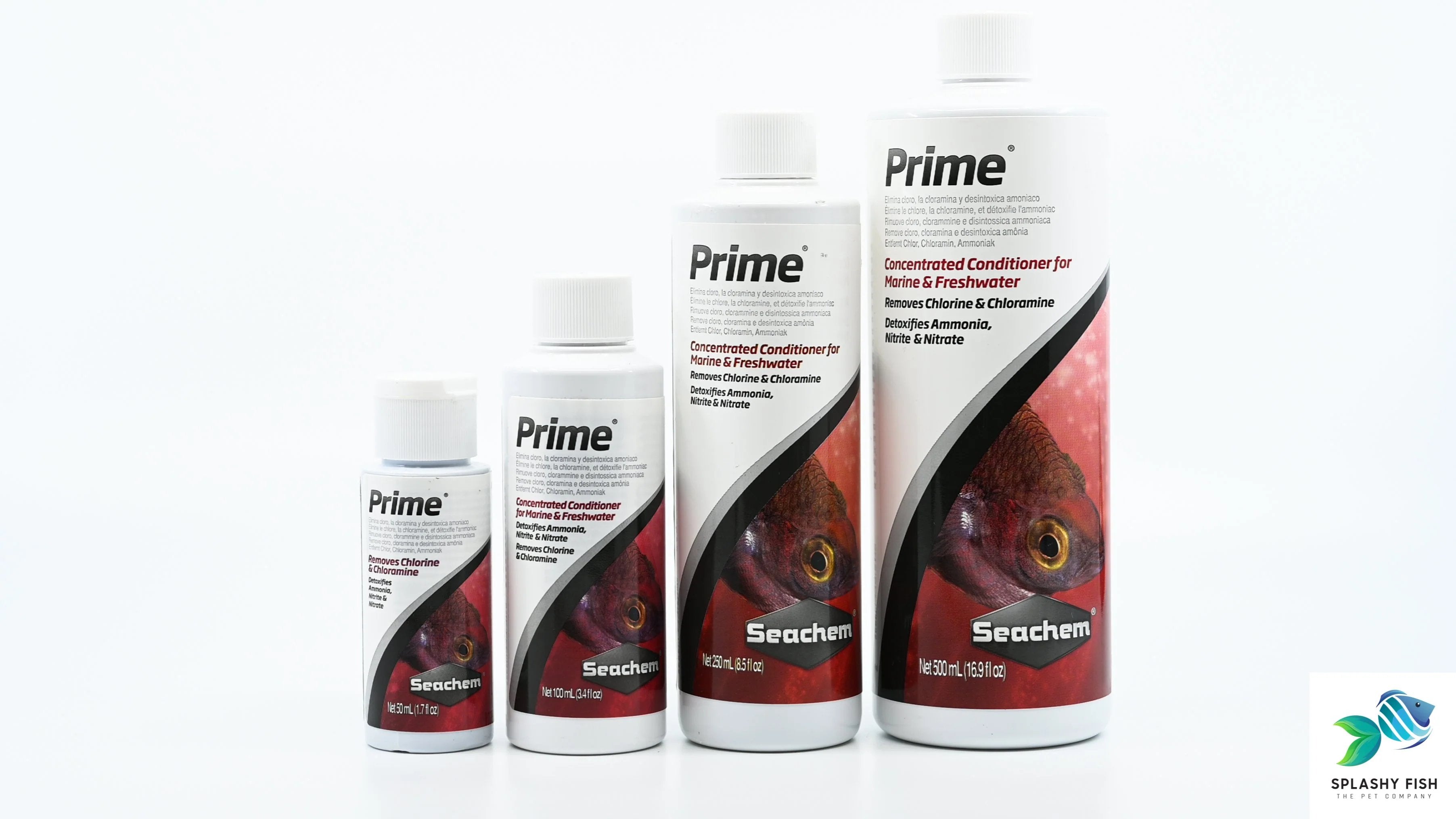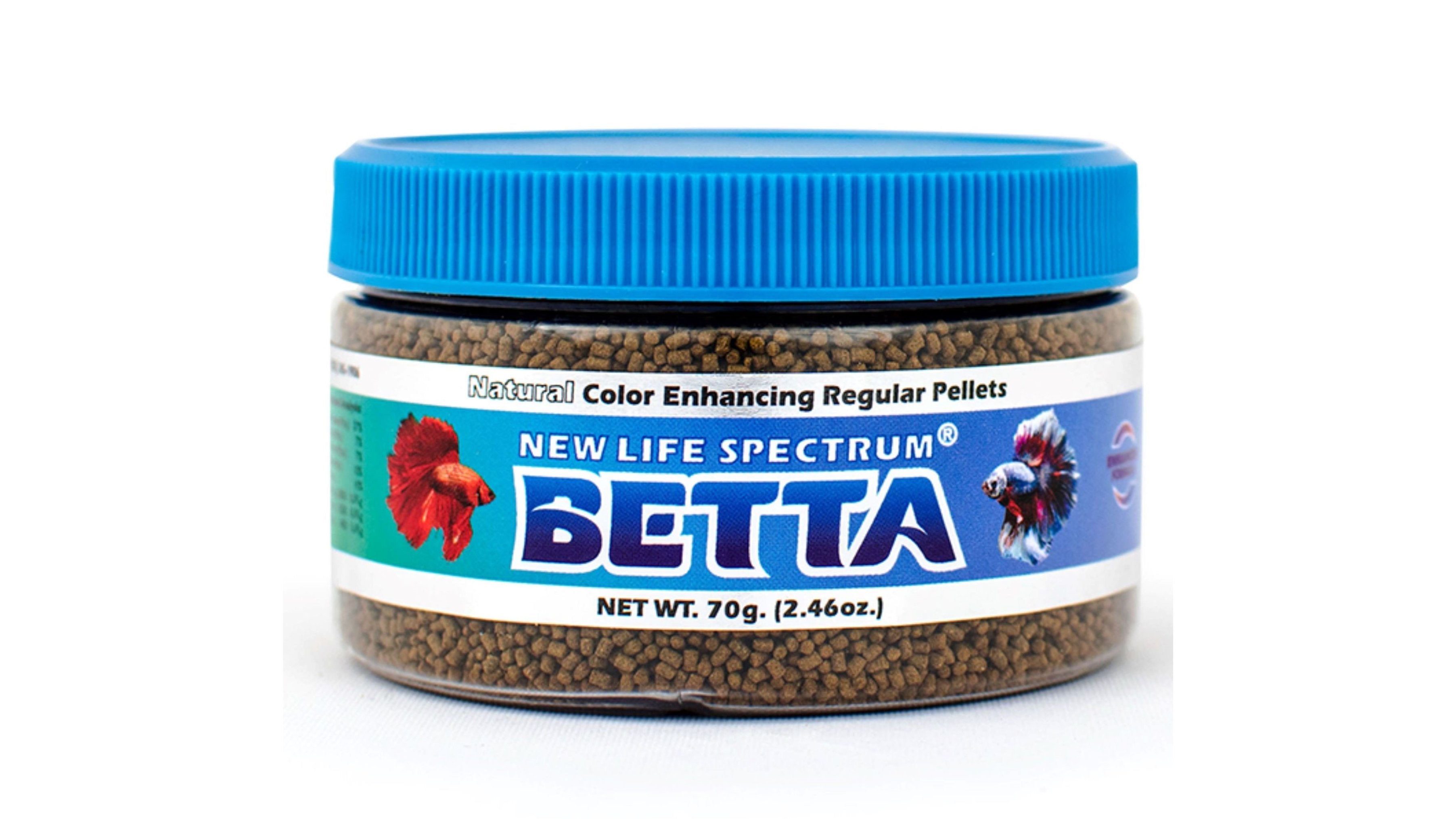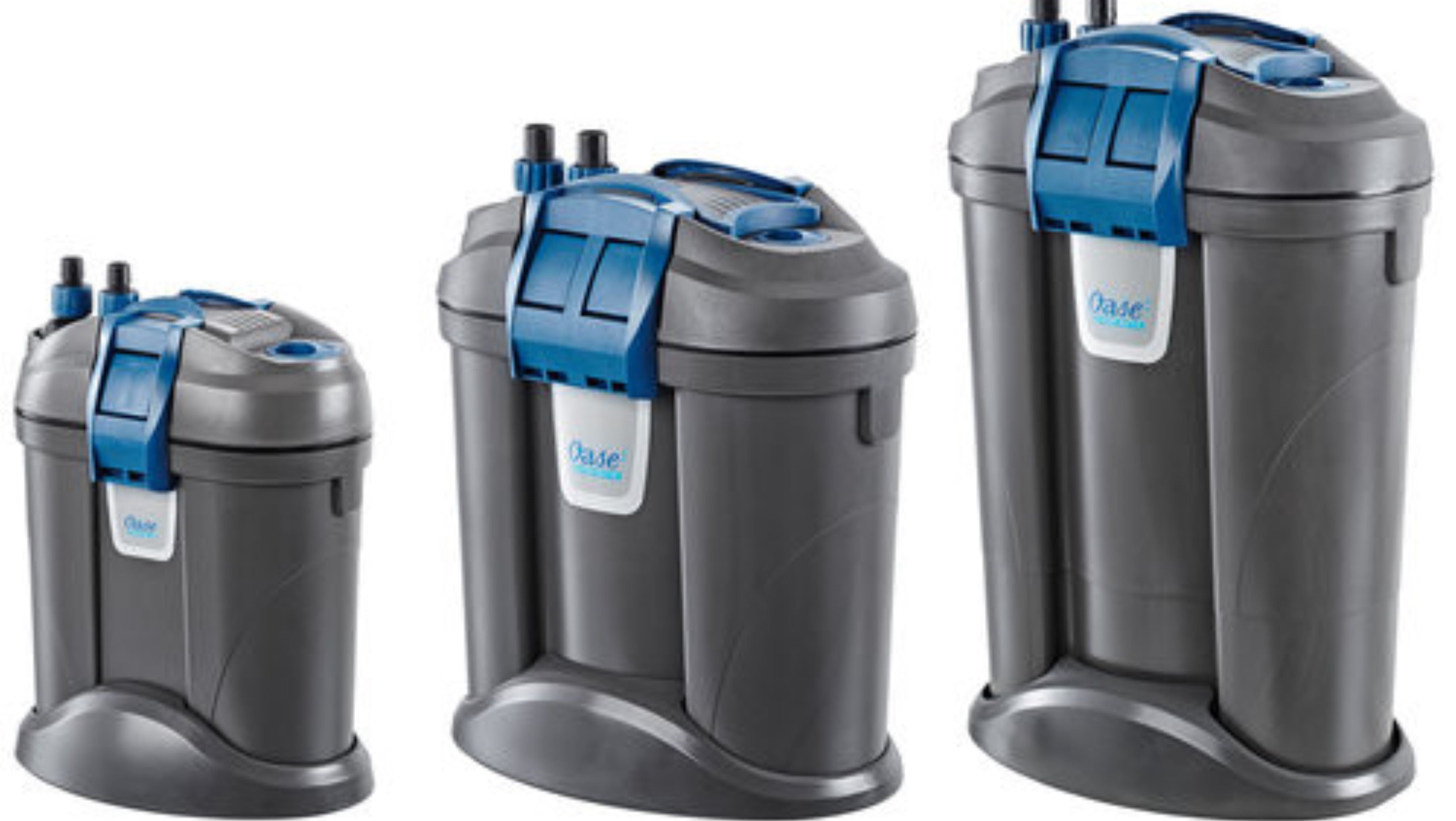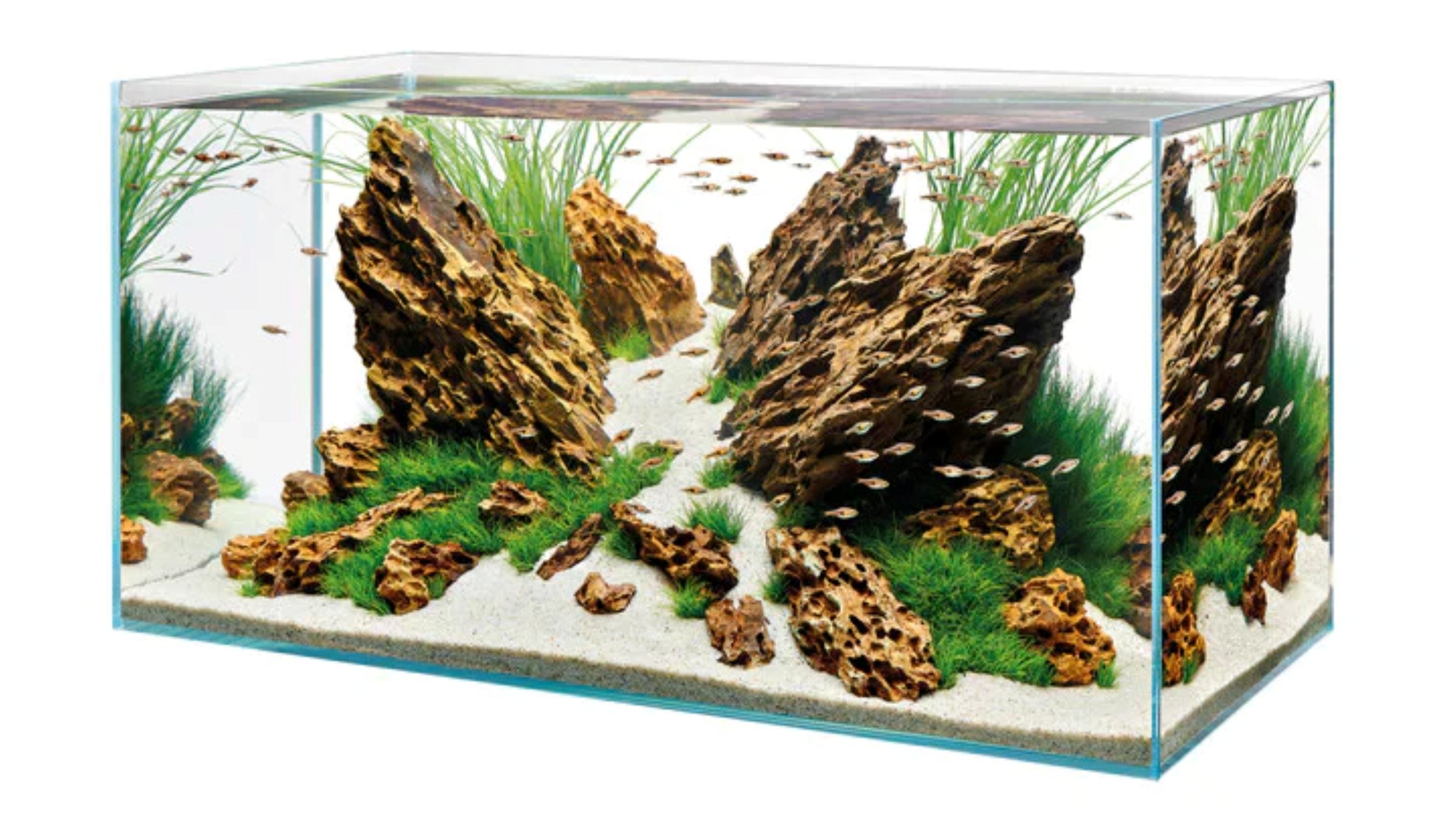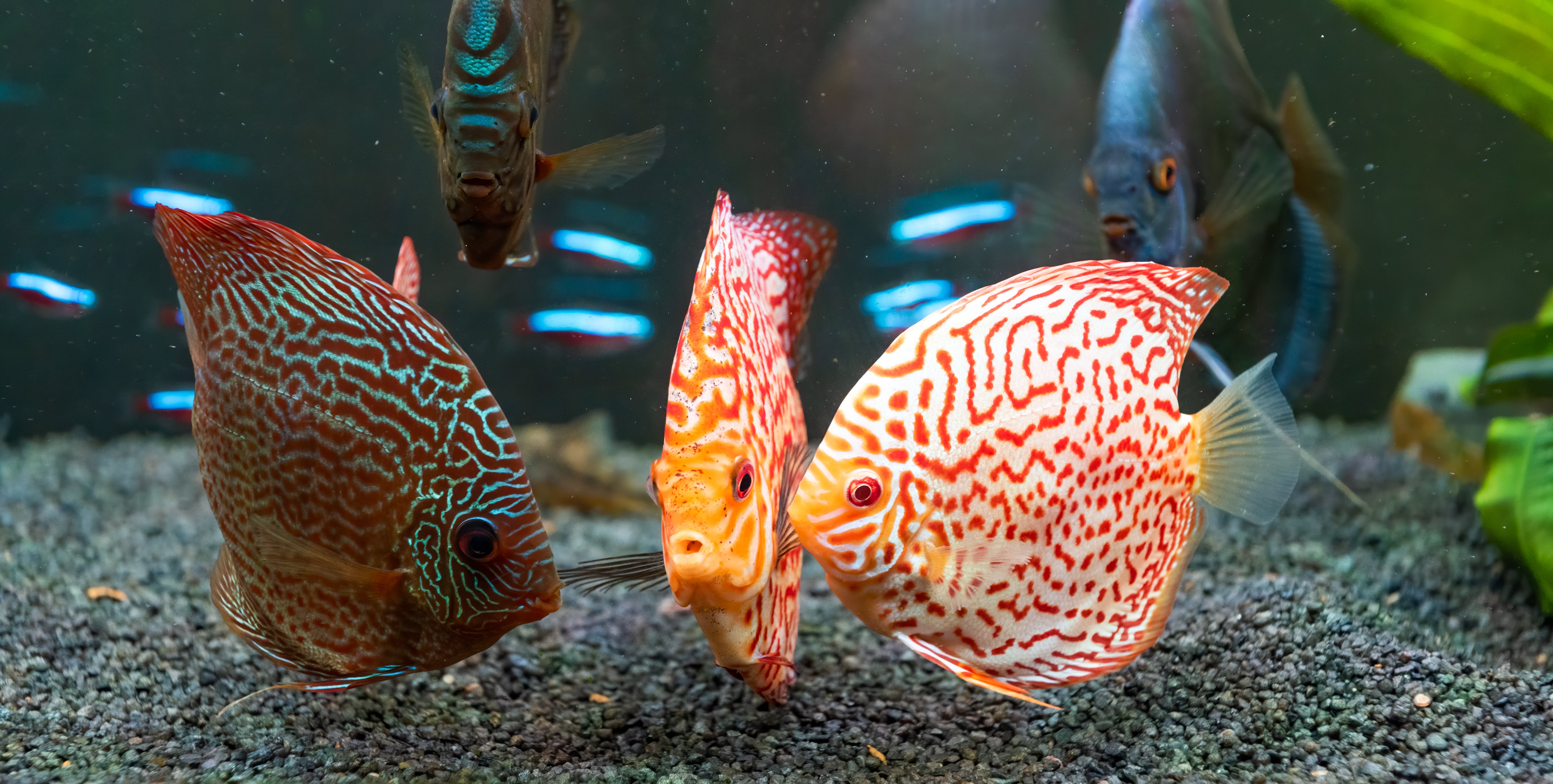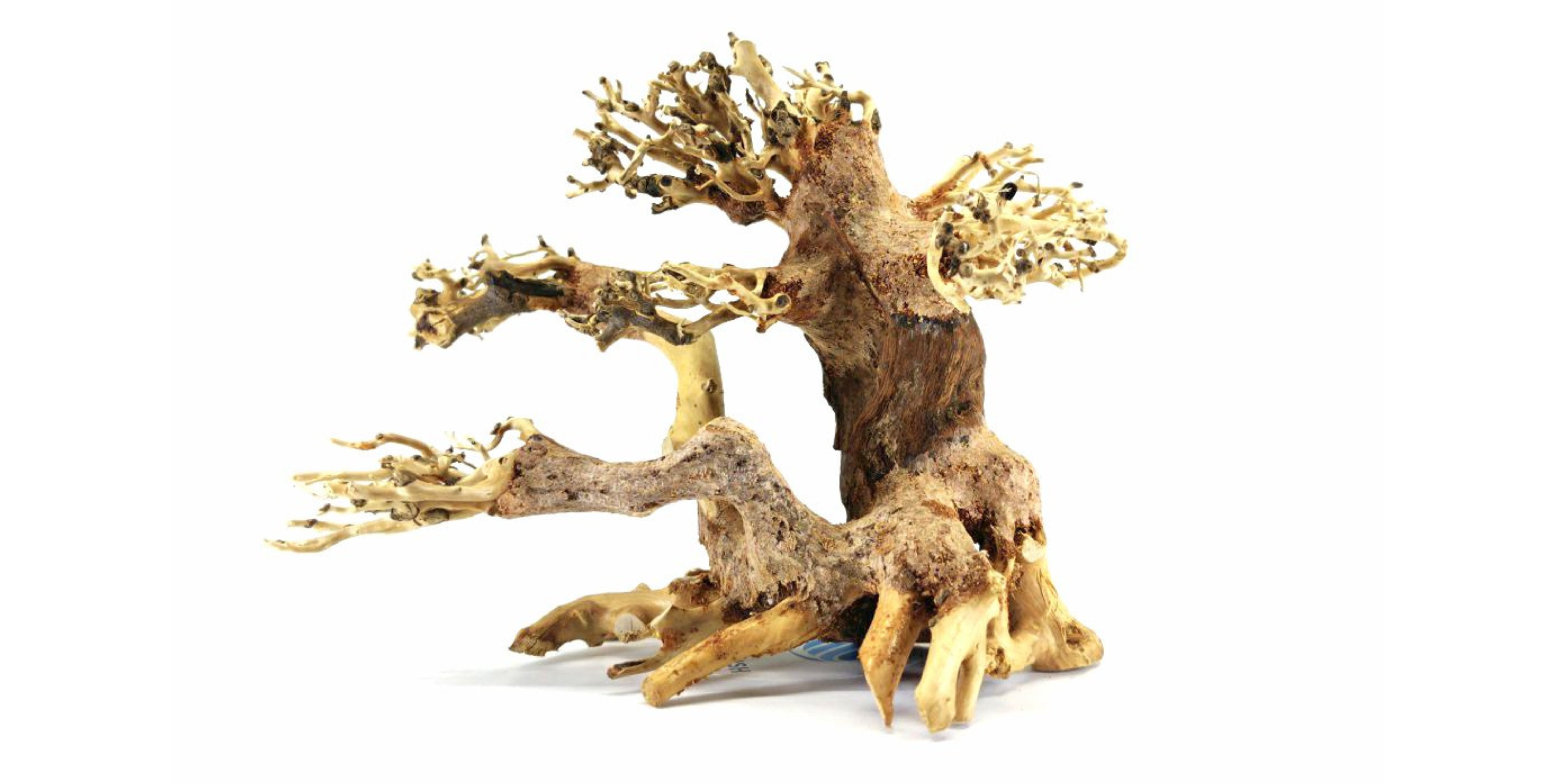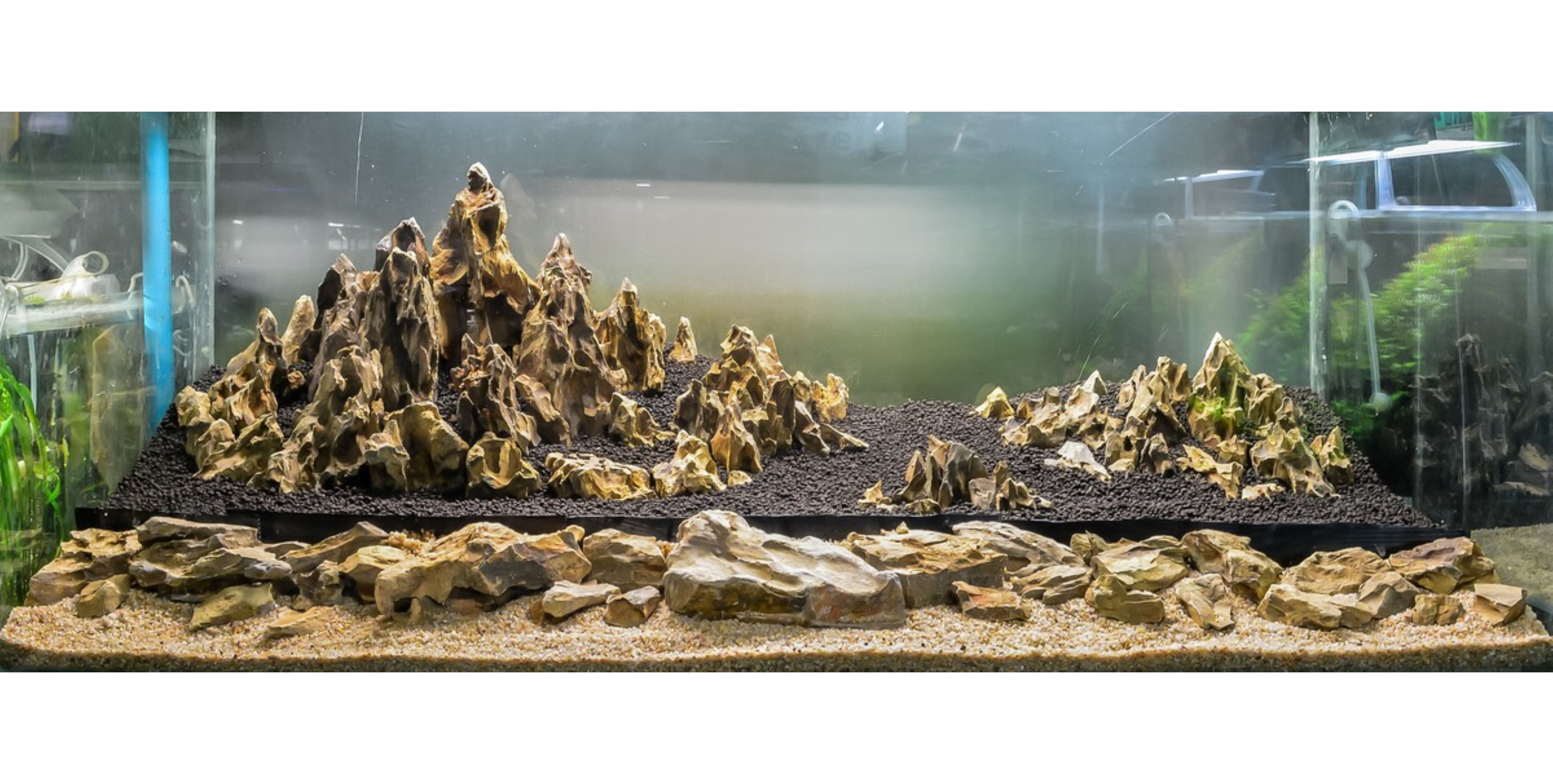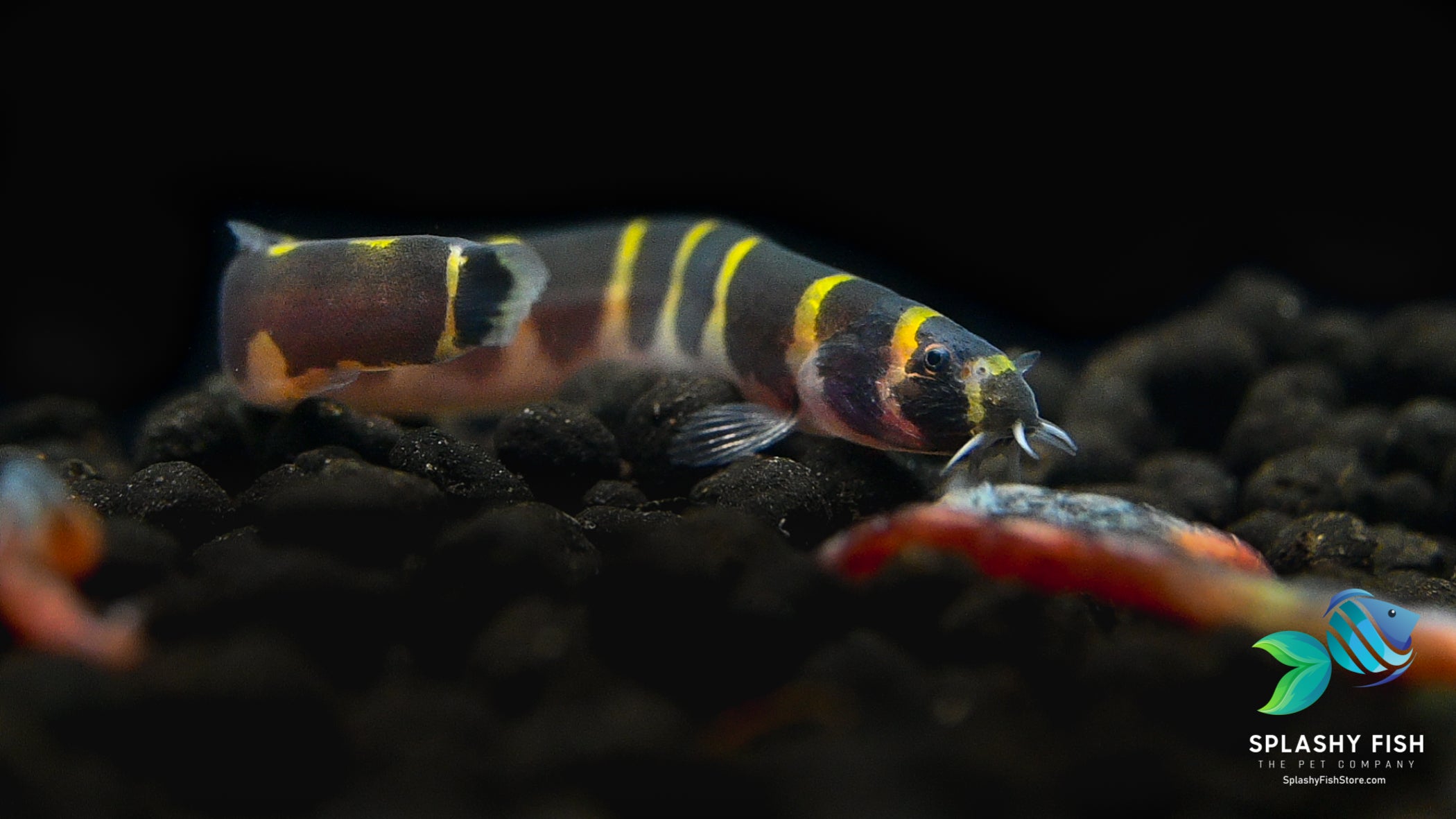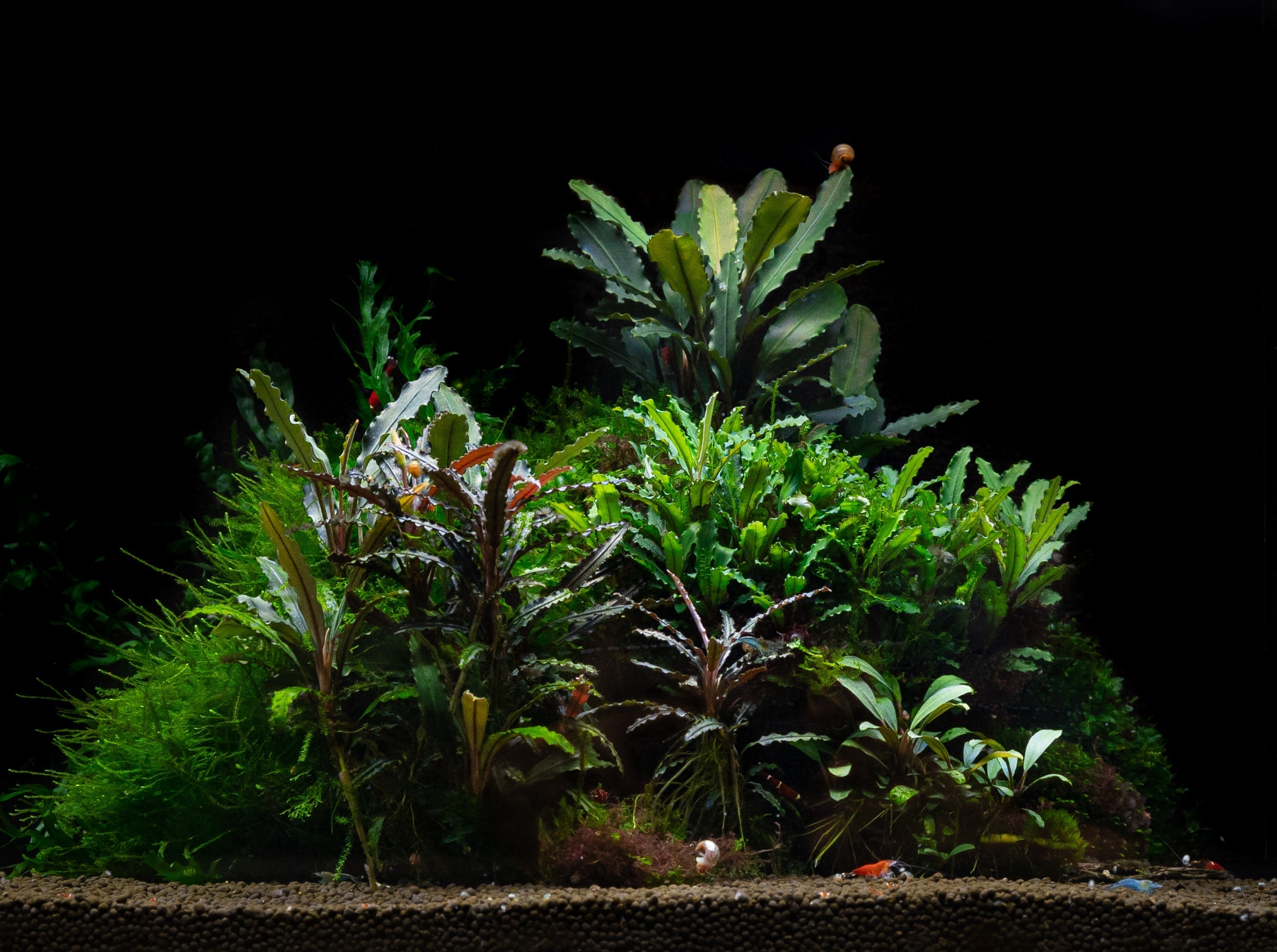Table of Contents
Known for their unique eel-like body shape, Kuhli Loach will be an interesting addition to your aquarium.

(Image of Kuhli Loach come in to eat bloodworms)
Their unique appearance is not the only reason why Kuhli Loach is so popular in the fishkeeper’s community. For those who are beginners to fishkeeping hobby as well as experienced aquarists, the attractiveness of Kuhli Loach also lies in their interesting personalities and interaction in the aquarium. In this article, we will share with you appealing information about Kuhli Loach and the proper care one should take in order to keep them healthy. If you’ve been keeping them or intend to keep them, don’t miss this article.
Kuhli Loach (Pangio kuhlii/semicincta) resembles the eel shape with the body covered with brown to burgundy color and bright orange stripes in-between. They have four pairs of barbels around their mouth, tiny beady black eyes, and very small fins behind the middle of their body and their anus.
Good to know: Their barbels are actually very useful. They help sense food and navigate the surrounding environment.
Native to the rivers and streams with low water flow and acidic condition of Malaysia, Indonesia, and Borneo, Kuhli Loaches normally find their comfort in an aquarium sharing the similarity. To replicate their natural habitat in your aquarium, you may refer to our tips below:
- Kuhli Loach is shy and sensitive, even when being kept together. Thus, you should provide them with lots of hiding decorations to make them feel secure. Small caves, driftwood, and plant roots work well for that purpose.
- Since they love hiding, especially in tight spaces, they may occasionally be trapped in the filter of the aquarium. To prevent this happening, we suggest covering the inlet tube on the filter with mesh or a sponge.
- Kuhli Loach can jump, particularly when startled, so we encourage you to choose a tank with a cover slide or tightly fitting lid.
- These fish should be kept in groups of six or more, and given that they only grow to three to four inches long, a 20-gallon aquarium is enough for them to come out and explore the surroundings.
In addition to the tank set up, maintaining proper water parameters is also an important step. We find that Kuhli Loach will be happy if you allow them to live in an aquarium having the following water parameters.
Ammonia and Nitrite: 0 ppm
Nitrate: >30 ppm
GH: 3-4 dGH (50 - 66.7 ppm)
KH: 2 - 10 dKH (?- ? ppm)
pH: 5.5 - 7.0
Water change: 30% every week
Kuhli Loach is a nocturnal creature. You should not be upset if you don’t see them splashing around during the daytime. On the contrary, it may show a good sign of their health as it is their ordinary habit. Other activities also considered as good signs of health are coming out at night, socializing with other tank mates, and scurrying around all areas searching for their food. The problem occurs when you spot the red flags:
- Not eating
- Showing up mainly during the daytime
- Inactivity at night
- Swellings, ulcers, and reddened areas on the skin
- Rubbing against objects in the tank or on the substrate
Once noticed, you should treat them with proper medication or in case you don’t know how to handle it, contact the veterinarian for more assistance.
Another common disease your Kuhli Loach may catch is skin issues. This is mainly due to their so-called “scalelessness”. Kuhli Loach is not completely scaleless; however, their scales are really small and very far apart, leaving their skin exposed. This leads them susceptible to skin problems as their protection layer – scales cannot cover much of their skin. If your Kuhli Loach gets this problem, in addition to treating them with proper aquarium medication, you should check their diet and water conditions.
Kuhli Loaches are scavengers, they love sinking food. During the nighttime, you can see them scooting around and digging the aquarium substrate in search of food. Although they can eat the leftovers, you should feed them twice a day (just offer enough food to last for a couple of minutes or so) to make sure they don’t go hungry. Kuhli Loaches are not picky eaters, flake foods, algae wafers, and bloodworms are acceptable to them.
Good tips: If the other fish in your aquarium eat all the food before your Kuhli Loaches get them, try feeding them at night, we are sure they can get some for themselves.
Known for their peaceful disposition, most aquarists keep Kuhli Loaches with other peaceful community fish like tetras, rasboras, and even betta fish. Despite their shyness, Kuhli Loaches often try to interact with their tank mates. It is also worth noting that Kuhli Loaches are bottom dwellers. You may often see your loaches are slowly moving at the bottom of the aquarium. Due to this disposition, make sure you don’t keep them together with other dwellers that can be potentially territorial and aggressive.

(Image of Kuhli Loach head close up)
Good to know: Another reason why fish keepers fall in love with Kuhli Loach is that they are safe with aquatic plants. Unlike other members of the loach family, Kuhli Loaches won’t consume algae or aquarium plants. Hence, you don’t need to worry about your planted tank’s aesthetic if keeping them therein.
Just a small reminder that Kuhli Loach prefers living in groups of six or more. Though they are not schooling fish, they are very shy. If you keep it alone, it may feel stressed, insecure and spend most of its time hiding.

(Image of Kuhli Loach's Tail and back fin)
If you read this article to the end, we believe you may pocket some useful tips to take care of your Kuhli Loach. Normally, the lifespan of Kuhli Loach is around 10 years. This sounds impressive and means with proper care, your Loaches ’ll be around for quite a while!


